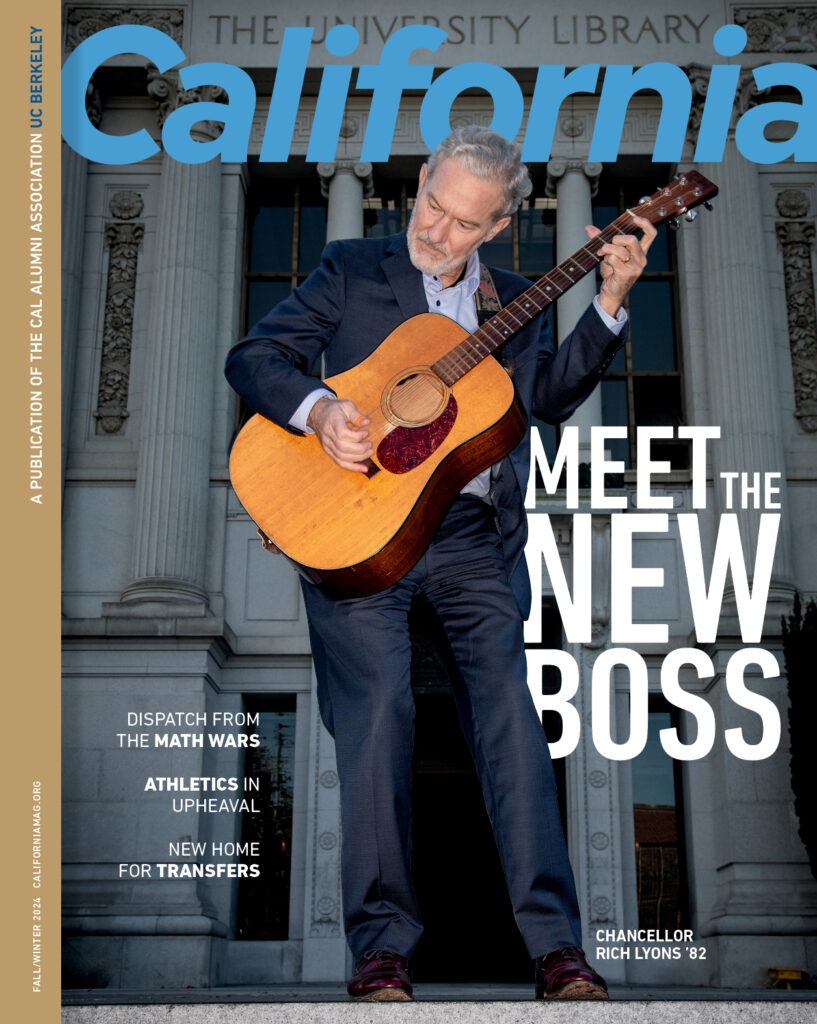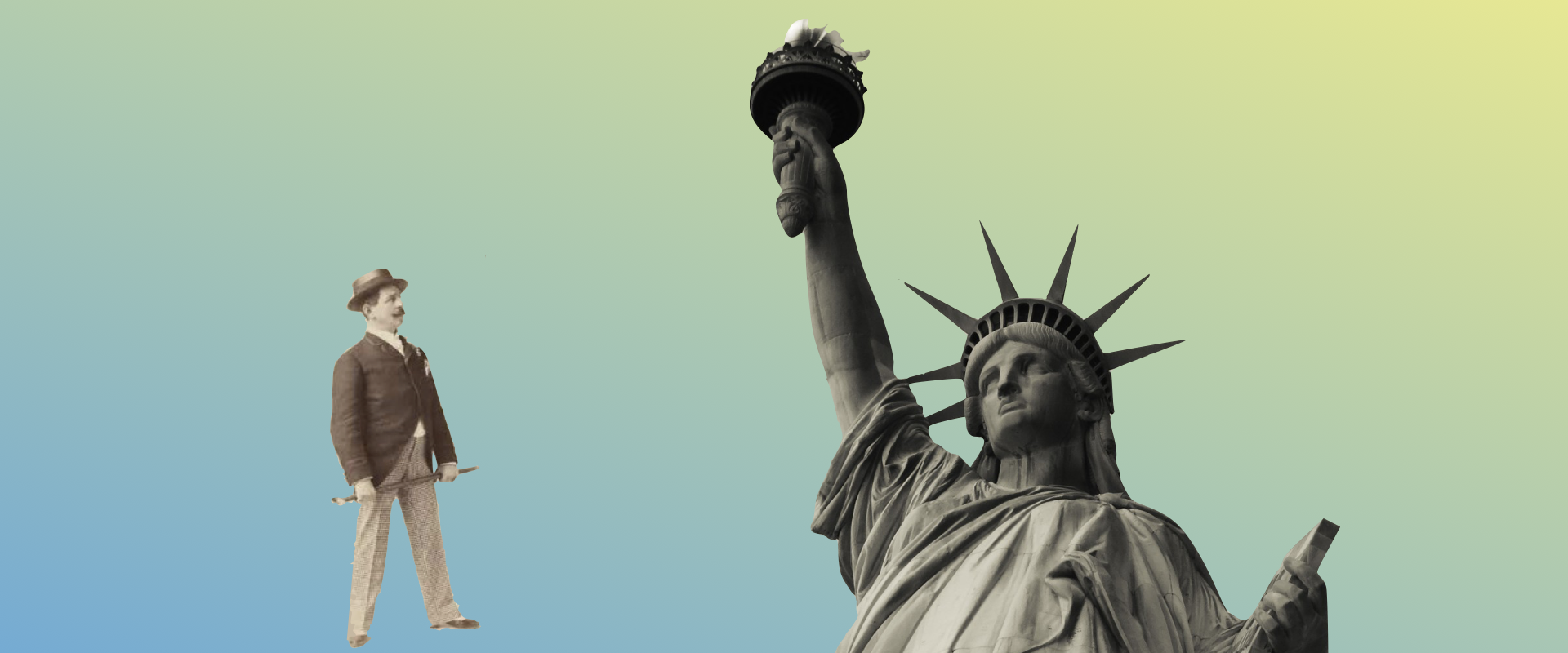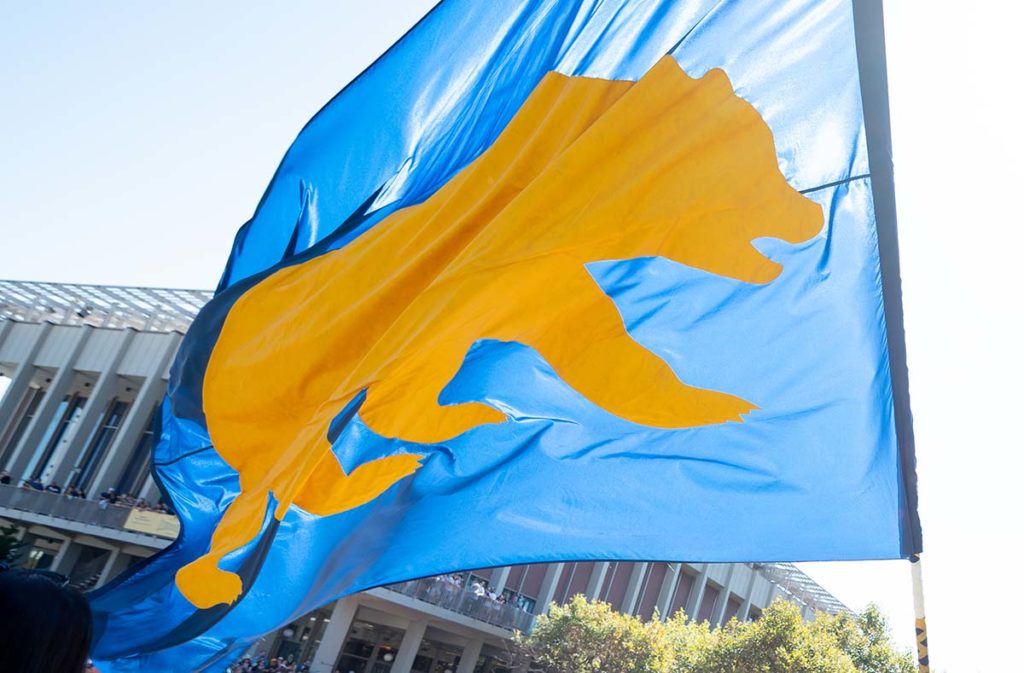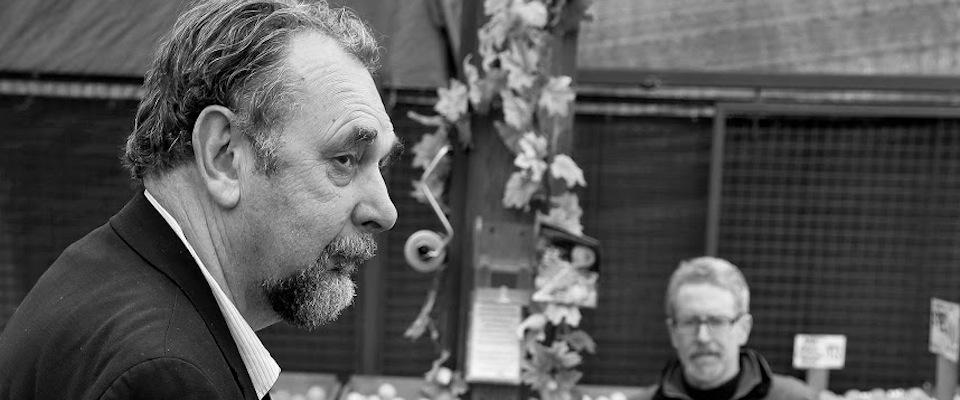1. You’re a building contractor who has written several historical works, including Berkeley 1900; Eccentrics, Heroes, and Cutthroats of Old Berkeley; Earthquake Exodus, 1906; and most recently The Man Who Lit Lady Liberty: The Extraordinary Rise and Fall of Actor M. B. Curtis. Do you think of yourself as a builder who writes, or as a writer with a day job?
It varies. I go for periods being one or the other. In the last couple of years, I am definitely a writer with a day job due to the amount of time I have put into The Man Who Lit Lady Liberty and presenting history talks.
2. What is it about Berkeley that first drew you here?
I was backpacking and seeing the country after graduating college. I came to Berkeley to visit a friend. When I got here, I was rather awestruck. Everyone was living in communal households, most working part-time jobs to be able to pursue their art, music, dance, spiritual endeavors, etc. It was a quiet little college town in 1973 but filled with verve. When a basement apartment on Neilson St. opened up, I called my pop and asked him to send my drum set out by Greyhound bus and took the apartment for $65 a month. The rest, as they say, is history.
3. Without giving away too much of the book, tell us about M. B. Curtis and how he fits into the history of Berkeley.
M. B. Curtis was a national hero and Berkeley’s greatest and most loved eccentric. He arrived a superstar actor around 1886. Everyone wanted to be around him and watch his amazing antics. That same year, after Congress refused to pay to light the newly dedicated Statue of Liberty, Curtis, an immigrant, paid for it himself—the only private citizen ever to do so. He also changed Berkeley more than any single individual with his philanthropy.

He helped pay for the West Berkeley firehouse and train station, paved roads and put up street lights with his own money, bought uniforms and provided bands for local sports teams, and staged and acted in many benefit performances of his famous play, Sam’l of Posen. He built the Bay Area’s biggest hotel in Berkeley, and people gathered around the construction site and just marveled at what Curtis was attempting. The town had never seen anything like him.
4. Given his considerable fame while he was alive, why do you think Curtis has been so completely forgotten?
We know Charlie Chaplin only because we can watch his performances. Curtis came right before that generation. His theatrical magic was seen but rarely filmed, so when he passed, and his audiences passed, memory of him quickly faded. His films were lost. Or so it was thought. As it happens, the Library of Congress found a fragment of his 1910 Samuel of Posen film around the time my book came out and will soon post it online.
5. What do you wish Berkeleyans knew about their history that, by and large, they do not?
That we are all recent immigrants here. The Indians were immigrants over 10,000 years ago and lived on this land until the Spanish invaded their lands in the 1770s. There are Indian sites and major villages all over Berkeley that no one knows about.
That the potential for the two cultures to have learned from each other was great, and that there were some incredible and respectful early interactions. What followed, however, was disastrous.
That life in the Spanish/Mexican Berkeley was centered in the area of Albina Avenue with Domingo Peralta’s adobe, which was destroyed in the 1868 earthquake.
That in the early American period, people relied on each other. They joined churches and fraternal organizations. Neighbors helped one another and knew all too well that tomorrow they would need their neighbors’ help.
That fire was a constant destructive force.
That Berkeley was so dark at night, one could see the aurora borealis from town.
Finally, that eccentrics have been prominent in the culture of this town since it was settled by Americans in the 1850s. There is something holy in that, especially for Berkeley. As Martin Luther King Jr. said, “Human salvation lies in the hands of the creatively maladjusted.”





















